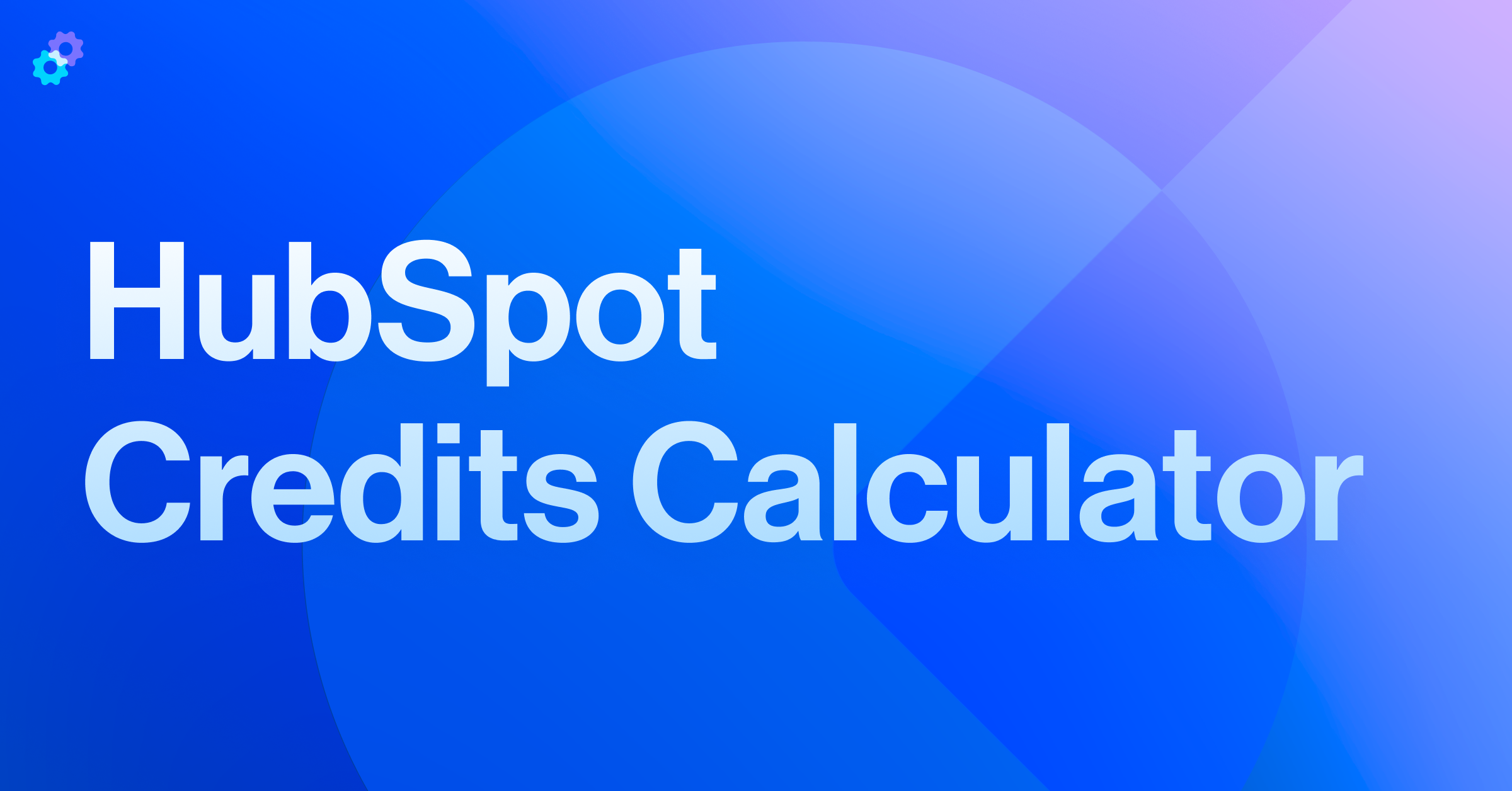Automation has become an invaluable method to save time and help streamline processes. HubSpot offers a key feature that empowers users to create sophisticated and personalized workflows: the Delay function. In this post, we'll delve into the depths of HubSpot's Delay functions within workflows, exploring their significance, applications, and best practices.
Understanding the delay function
At its core, the Delay function in HubSpot workflows allows users to introduce timed gaps or pauses between actions or events. These pauses are critical for delivering the right message to the right audience at the right time. Whether it's nurturing leads, sending follow-up emails, or managing customer interactions, Delay functions provide the temporal precision required for effective communication.
Applications of delay functions
Lead Nurturing
👉 In a buyer's journey, not all leads are at the same stage. Delay functions enable marketers to design workflows that deliver content and messages tailored to each stage of the journey. For instance, after a lead downloads an eBook, a workflow can be triggered to send a follow-up email with more relevant resources after a delay, ensuring the lead receives timely and pertinent information.
Abandoned Cart Recovery
👉 For e-commerce businesses, abandoned carts are a common concern. With Delay functions, a workflow can be set up to send a series of reminder emails to users who leave items in their cart without completing the purchase. These emails can be spaced out strategically to avoid overwhelming the user while gently encouraging them to complete the transaction.
Customer Onboarding
👉 A smooth onboarding process is crucial for customer satisfaction. By utilizing Delay functions, companies can automate a series of educational emails or tutorials that guide new customers through setting up their accounts and understanding the product's features. Delays ensure that users don't feel inundated with information all at once.
Event Reminders
👉 Whether it's a webinar, conference, or product launch, timely reminders play a pivotal role in ensuring attendance. Using Delay functions, marketers can design workflows that send out event reminders at specific intervals leading up to the event date, maximizing participation.
Best practices for utilization
- Segmentation is Key: Tailoring messages to different segments of your audience enhances engagement. Before implementing Delay functions, segment your audience based on their behaviors, preferences, and stage in the sales funnel. This segmentation will guide the timing and content of your automated messages.
- Consider User Behavior: Understand your audience's behavior to determine the optimal delay intervals. For instance, if your research indicates that users are more likely to engage with emails during the weekend, schedule your Delay functions accordingly.
- Avoid Overwhelming Your Audience: While automation is powerful, bombarding users with messages is counterproductive. Use Delay functions to pace your communication and prevent overwhelming your audience with too many emails or notifications in a short span.
- Test and Iterate: The beauty of automation is its flexibility. Test different delay intervals, message content, and sequences to find the most effective combination. Regularly review and refine your workflows to align with changing audience preferences.
- Personalization Matters: Incorporate personalization tokens in your automated messages to make recipients feel valued. Use their names, past interactions, or other relevant data points to create a more personalized experience.
- Monitor Performance: Keep a close eye on the performance metrics of your workflows. Click-through rates, open rates, and conversion rates will provide insights into the effectiveness of your Delay functions. Make data-driven adjustments to optimize your workflows over time.
Setting up delay functions in HubSpot
- Access Workflow Editor
- Log in to your HubSpot account and navigate to the "Automation" tab. Select "Workflows" and click on "Create workflow."
- Define Trigger
- Choose the triggering event that will initiate the workflow. This could be a form submission, a specific date, or another action.
- Add Actions
- Add the necessary actions to your workflow, such as sending emails, assigning tasks, or updating contact properties.
- Integrate Delays
- To insert a Delay function, click the "+" icon between actions. Select "Delay" and specify the desired time interval. You can choose minutes, hours, days, or even a custom time.
- Continue Workflow
- Connect additional actions and Delay functions to create a coherent workflow that guides your audience through their journey.
- Test and Launch
- Before launching the workflow, run tests to ensure that Delay functions are working as intended. Once satisfied, activate the workflow to start automating your processes.
Drive powerful results
In the world of marketing automation, the ability to control the timing of your messages can make all the difference. HubSpot's Delay functions provide marketers with the tools needed to deliver content, nurture leads, and engage customers at the optimal moments. By understanding the applications, best practices, and implementation process of Delay functions, you can unlock the full potential of HubSpot workflows and create meaningful, timely interactions that drive powerful results.







